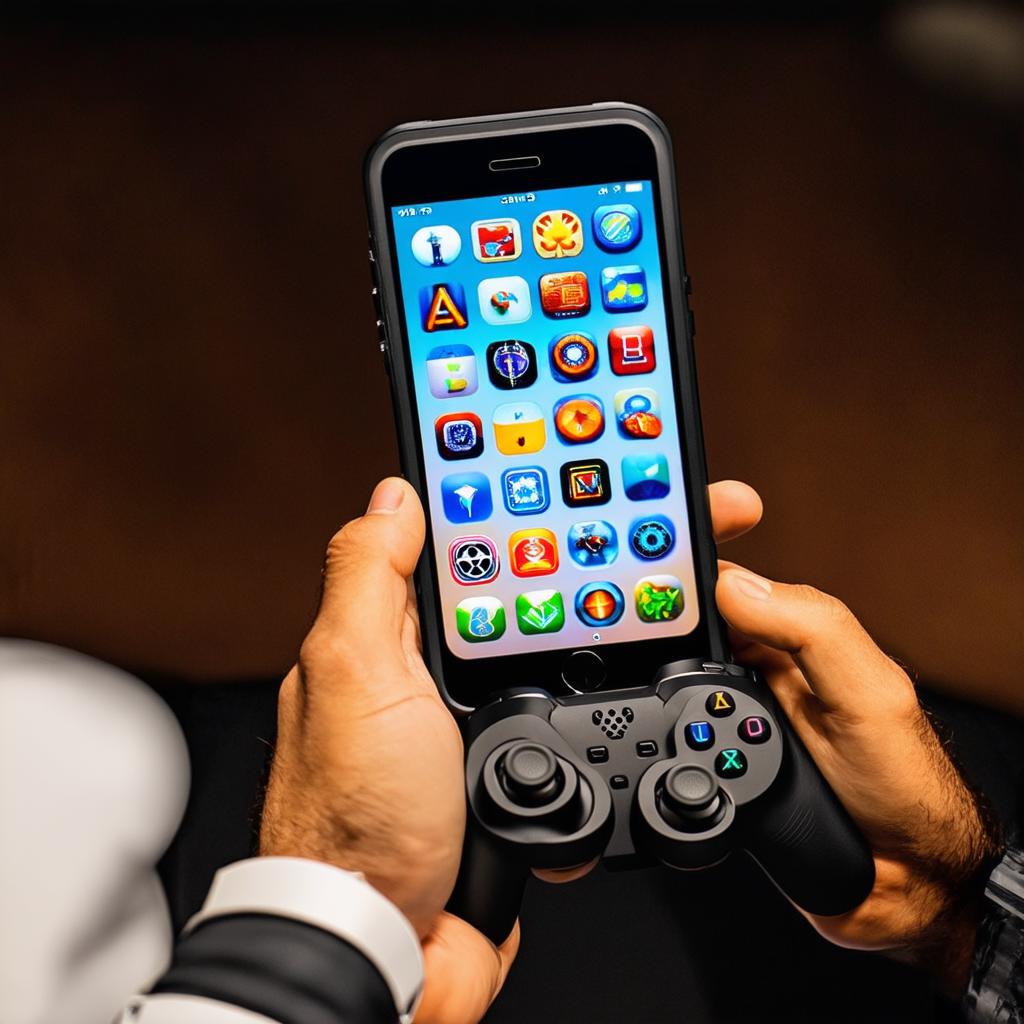Introduction
The rise of mobile gaming has been meteoric, and developers have responded by creating some of the most engaging and immersive experiences in gaming history. However, not all games are created equal, and some may require additional equipment to fully appreciate their potential. In this guide, we will explore which iOS games are compatible with a controller and how you can optimize your game for use with one.
Why Use a Controller?
Before we delve into the world of iOS games and controllers, let’s explore why developers may choose to include support for a controller in their games. There are several reasons why this is important:
1. Enhanced Controls: Controllers provide users with additional buttons, joysticks, and other input devices that can enhance the gameplay experience. This allows developers to create more complex and nuanced controls that would be difficult or impossible to implement using only a touch screen.
2. Competitive Advantage: By supporting controllers, developers can gain a competitive advantage over their peers who do not offer this feature. This can help attract users who prefer the traditional gaming experience and are looking for a more immersive mobile game.
3. Better Accessibility: For some users, touch screens may be difficult to use or uncomfortable to hold for extended periods. Controllers provide an alternative input method that is often more comfortable and easier to control, making games more accessible to a wider audience.
Types of Controllers
There are several types of controllers available for iOS devices, including:

1. Physical Controllers: These are physical devices that connect to the device using a USB or Bluetooth connection. Examples include the Xbox One Wireless Controller and the Sony DualShock 4.
2. Virtual Controllers: These are software-based input methods that simulate the functionality of a physical controller using the device’s touch screen or other sensors. Examples include the Virtual Pad app and the Joyous app.
3. MFi Certified Controllers: These controllers are certified by Apple to work with iOS devices and offer a more seamless experience than other types of controllers. They connect to the device via Bluetooth or USB-C and offer support for haptic feedback, which can enhance the gaming experience. Examples include the Logitech PowerDrive+ Wireless Controller and the Razer Kishi V2.
Which Games are Compatible with Controllers?
Now that we have a better understanding of why developers may choose to support controllers in their games let’s explore which iOS games are compatible with them. There are several factors that can determine whether a game supports controllers, including the device’s capabilities, the game’s codebase, and the developer’s intent.
1. Device Capabilities: Some iOS devices may not have the necessary sensors or hardware to support controllers. For example, iPhones without haptic feedback may have difficulty rendering certain types of vibration-based interactions. Similarly, devices with limited processing power may struggle to run games that require complex inputs and high frame rates.
2. Game Codebase: The codebase of the game can also determine whether it supports controllers or not. Games that rely heavily on touch screen input may have difficulty adapting to a controller-based interface, while games that are designed with controller support in mind will be more likely to offer this feature.
3. Developer Intent: Finally, the developer’s intent can also play a role in whether a game supports controllers. Some developers may choose not to support controllers because they believe it will limit the game’s accessibility or appeal to certain audiences.
